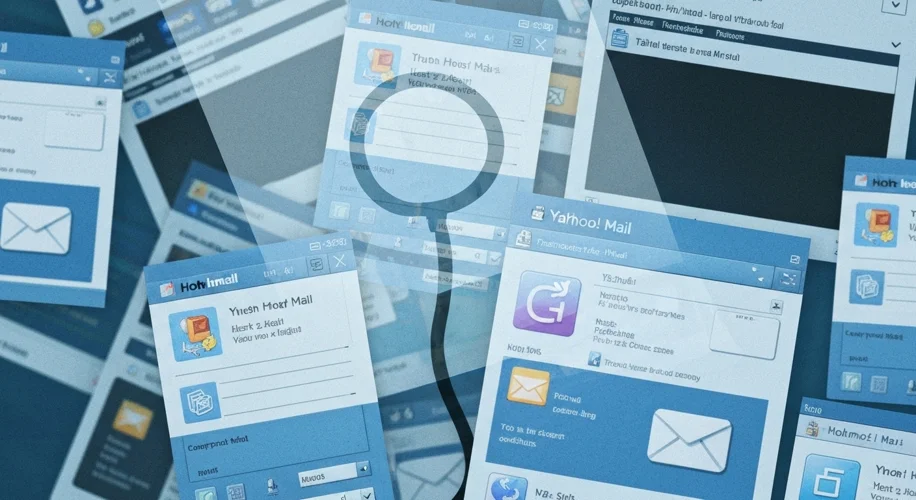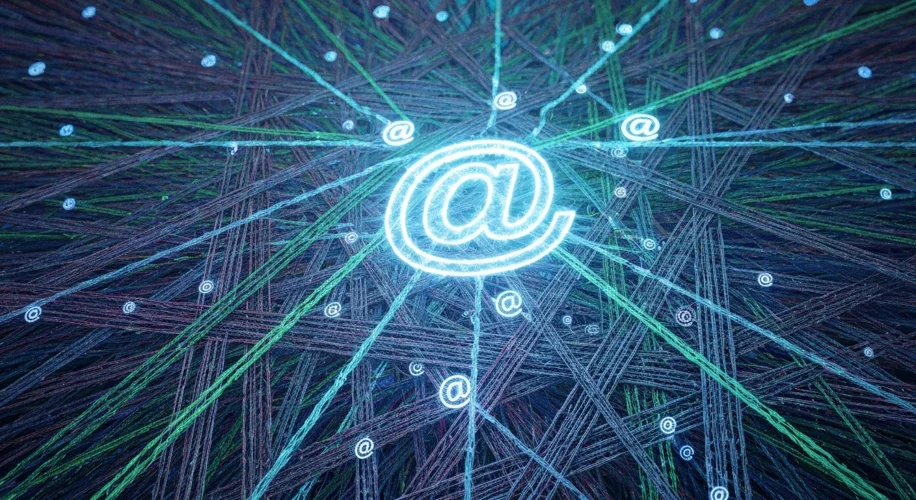In the grand tapestry of human history, few threads are as ubiquitous, yet as often overlooked, as electronic mail. Before the instantaneity of social media and the visual flair of video calls, there was email. It arrived not with a bang, but with a quiet hum, a digital whisper that would fundamentally reshape how we connect, conduct business, and even how we think.
The story of email is not one of a single eureka moment, but a gradual evolution, a testament to the persistent ingenuity of engineers and visionaries. Its roots can be traced back to the nascent days of networked computing, a time when machines were behemoths, confined to sterile labs, and communication between them was a painstaking, often manual, process.
Imagine the year 1971. The world is captivated by the Apollo program, the Cold War casts a long shadow, and the personal computer is a distant dream. Amidst this, a programmer named Ray Tomlinson, working at Bolt, Beranek and Newman (BBN) in Cambridge, Massachusetts, found himself wrestling with a peculiar problem. BBN was involved in ARPANET, the precursor to the modern internet. ARPANET allowed users to log into remote computers, but sending messages between these machines was clunky. Users had to physically transfer files. Tomlinson’s task was to improve this inter-computer communication.
He tinkered with two existing programs: SNDMSG, a program that allowed users to leave messages for others on the same computer, and CPYNET, a file transfer protocol. Tomlinson’s ingenious solution was to combine their functionalities. He created a new program that could send messages across the ARPANET, attaching them to the front of a file. But how to specify which computer and which user? It was then that Tomlinson’s eye fell upon the ‘@’ symbol on his Model 33 Teletype keyboard. He decided to use it to separate the user’s name from the host computer’s name: user@host. It was a simple, elegant choice, a stroke of serendipity that would become an iconic symbol of digital communication worldwide.

Tomlinson sent the first ARPANET email, a test message to himself. He later recalled that it was likely a string of random characters, something like “QWERTYUIOP.” The content itself was trivial; its significance was monumental. He had, in essence, created the first true electronic mail system.
However, this early email was a far cry from the rich, feature-laden communication we know today. It was text-based, asynchronous, and confined to the academic and military circles that had access to ARPANET. The early 1980s saw the development of standardized protocols like SMTP (Simple Mail Transfer Protocol) and POP (Post Office Protocol), which laid the groundwork for more robust and interoperable email systems. These protocols, like the unseen gears of a clock, ensured that emails could be sent and received reliably across different networks.
As the internet began to open up to the public in the late 1980s and early 1990s, email exploded. Suddenly, people could bypass the slow, often unreliable postal service. Businesses found a new efficiency in communicating with clients and colleagues. Personal connections could be maintained across vast distances with unprecedented ease.
Think about the burgeoning online communities of the 1990s – bulletin board systems (BBS) and early internet forums. Email was the backbone of many of these interactions, allowing for threaded discussions and private correspondence. It fostered a sense of community and shared experience in the nascent digital landscape.
By the mid-1990s, webmail services like Hotmail and Yahoo! Mail emerged, making email accessible to anyone with an internet connection, regardless of their technical prowess. These services democratized digital communication, transforming it from a specialized tool into an everyday utility. The inbox became a digital mailbox, a constant stream of information, personal updates, and business correspondence.

The impact of email is undeniable. It accelerated the pace of business, enabling faster decision-making and global collaboration. It democratized information, allowing for the rapid dissemination of news and ideas. On a personal level, it allowed families and friends to stay connected, bridging geographical divides. It created a new form of written communication, with its own etiquette, its own shorthand, and its own potential for misunderstanding.
Email’s evolution has not been without its challenges. The rise of spam, viruses, and phishing attempts forced the development of sophisticated security measures. The sheer volume of emails has led to concepts like “inbox zero” and the rise of productivity tools designed to manage digital communication overload. Even the very act of writing an email became a subject of study, with researchers analyzing tone, clarity, and effectiveness.
Today, while newer forms of communication have emerged, email remains an indispensable tool. It is the handshake of the digital world, the formal record, the asynchronous conversation that allows us to pause, reflect, and respond thoughtfully. From Ray Tomlinson’s simple experiment to the complex systems that manage billions of messages daily, email has woven itself into the very fabric of our modern lives, an invisible thread connecting us all.

